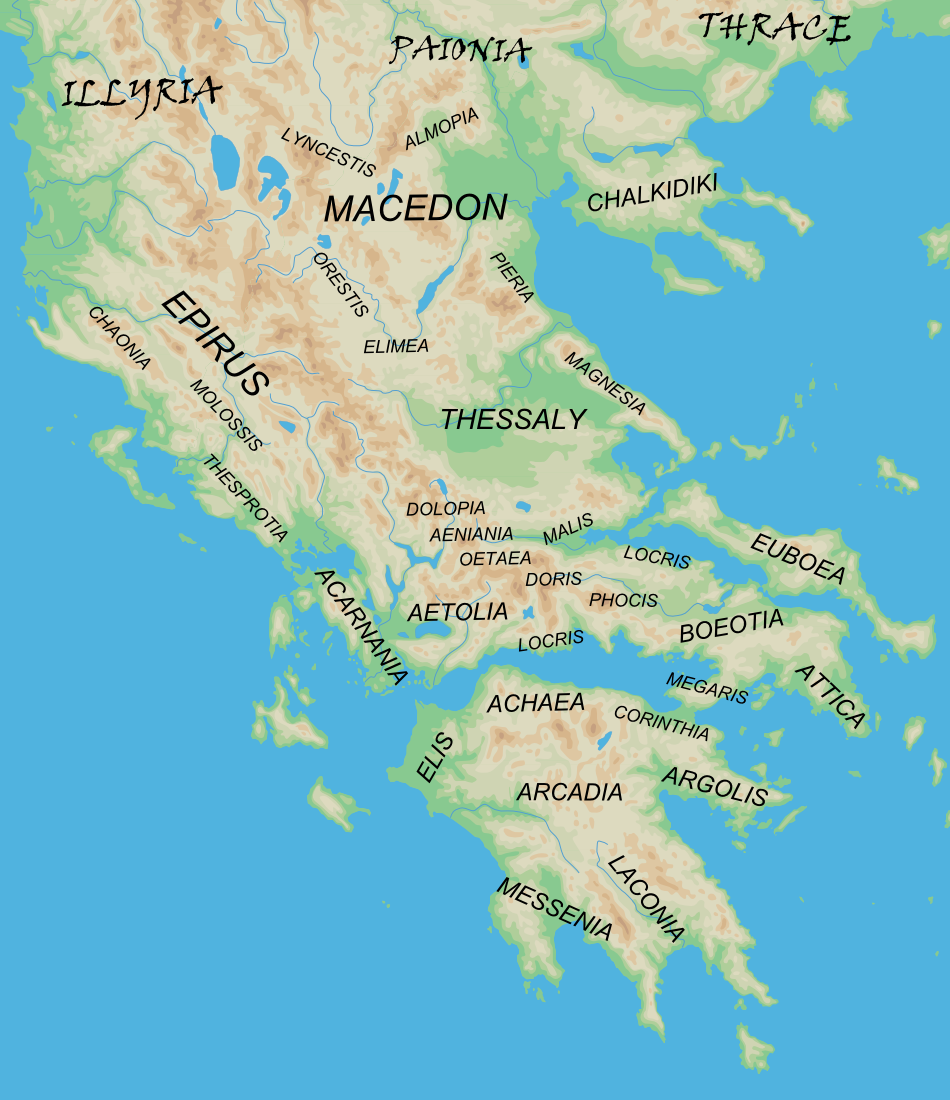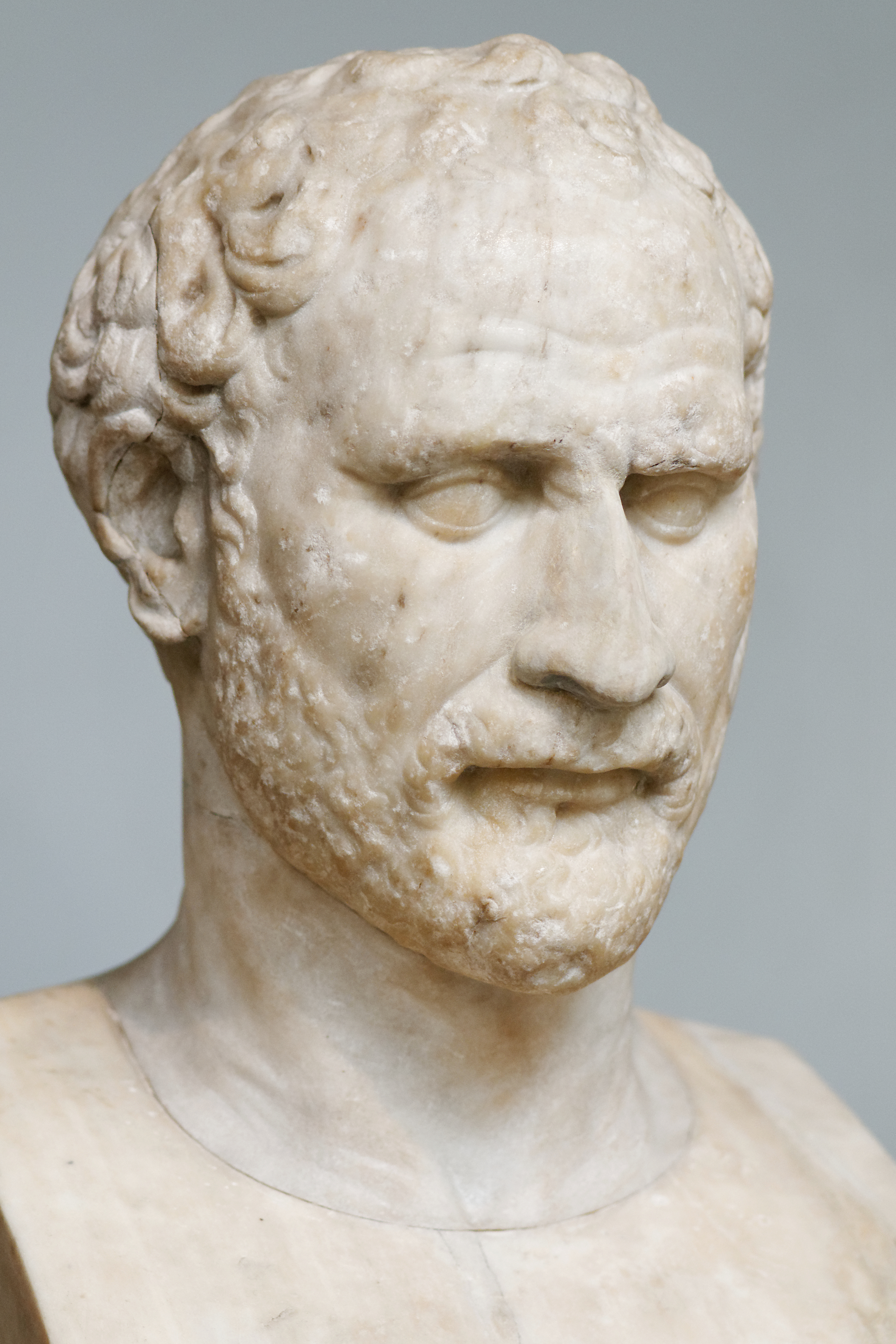|
Prospalta (Attica)
Prospalta () was a deme of ancient Attica in the ''phyle'' Acamantis. It lay in the interior, between Zoster and Potamus. Its site is located northwest of modern Kalyvia Thorikou Kalyvia Thorikou () is a town and a former municipality in East Attica, Greece. Since the 2011 local government reform it is part of the municipality Saronikos, of which it is the seat and a municipal unit. The municipal unit has an area of 70.63 .... References Populated places in ancient Attica Former populated places in Greece Demoi {{AncientAttica-geo-stub ... [...More Info...] [...Related Items...] OR: [Wikipedia] [Google] [Baidu] |
Deme
In Ancient Greece, a deme or (, plural: ''demoi'', δήμοι) was a suburb or a subdivision of Classical Athens, Athens and other city-states. Demes as simple subdivisions of land in the countryside existed in the 6th century BC and earlier, but did not acquire particular significance until the reforms of Cleisthenes in 508 BC. In those reforms, enrollment in the citizen-lists of a deme became the requirement for citizenship; prior to that time, citizenship had been based on membership in a phratry, or family group. At this same time, demes were established in the main city of Athens itself, where they had not previously existed; in all, at the end of Cleisthenes' reforms, Classical Athens, Athens was divided into 139 demes., Three other demes were created subsequently: Berenikidai (224/223 BC), Apollonieis (201/200 BC), and Antinoeis (AD 126/127). The establishment of demes as the fundamental units of the state weakened the ''genos, gene'', or aristocratic family groups, that ... [...More Info...] [...Related Items...] OR: [Wikipedia] [Google] [Baidu] |
Ancient Attica
The regions of ancient Greece were sub-divisions of the Hellenic world as conceived by the ancient Greeks, shown by their presence in the works of ancient historians and geographers or in surviving legends and myths. Conceptually, there is no clear theme to the structure of these regions. Some, particularly in the Peloponnese, can be seen primarily as distinct geo-physical units, defined by physical boundaries such as mountain ranges and rivers. Conversely, the division of central Greece between Boeotia, Phocis, Doris and the three parts of Locris, seems to be attributable to ancient tribal divisions and not major geographical features. Both types of regions retained their identity throughout the Greek Dark Ages and its tumultuous changes in the local population and culture, giving them a less political and more symbolic presence. Other geographical divisions not identified with the aforementioned areas did, however, change over time, suggesting a closer connection with tri ... [...More Info...] [...Related Items...] OR: [Wikipedia] [Google] [Baidu] |
Phyle
''Phyle'' (, ; pl. ''phylai'', ; derived from Greek , ''phyesthai'' ) is an ancient Greek term for tribe or clan. Members of the same ''phyle'' were known as ''symphyletai'' () meaning 'fellow tribesmen'. During the late 6th century BC, Cleisthenes organized the population of Athens in ten ''phylai'' (tribes), each consisting of three ''trittyes'' ("thirtieths"), with each ''trittys'' comprising a number of demes. Tribes and demes had their own officers and were self-administered. Some ''phylai'' can be classified by their geographic location, such as the Geleontes, the Argadeis, the Hopletes, and the Agikoreis in Ionia, as well as the Hylleans, the Pamphyles, the Dymanes in Doris. Attic tribes First period The best-attested new system was that created by Cleisthenes for Attica in or just after 508 BC. The landscape was regarded as comprising three zones: urban ('' asty''), coastal ('' paralia'') and inland ('' mesogeia''). Each zone was split into ten sections called ... [...More Info...] [...Related Items...] OR: [Wikipedia] [Google] [Baidu] |
Acamantis
Acamantis () was one of the phyle, phylai (tribes) of classical Athens, created during the reforms of Cleisthenes. It was named after the legendary hero Acamas, son of Theseus, Acamas, and included the demes of Holargos, Cholargos, Eiresidai, Hermos (deme), Hermos, Iphistiadai, Kerameis (deme), Kerameis, Kephale (deme), Kephale, Poros (deme), Poros, Thorikos (deme), Thorikos, Eitea (Acamantis), Eitea, Hagnous, Kikynna (deme), Kikynna, Prospalta (deme), Prospalta and Sphetto (deme), Sphettos. Pericles was a member of this tribe.Tracy, Stephen V.. Pericles: A Sourcebook and Reader. United Kingdom: University of California Press, 2009. Notes References * Ancient tribes in Attica Classical Athens {{AncientGreece-stub ... [...More Info...] [...Related Items...] OR: [Wikipedia] [Google] [Baidu] |
Zoster (Attica)
Cape Zoster (; ) is a cape in Attica, Greece, on which was situated the Temple of Apollo Zoster. It is on the Saronic Gulf, and in ancient times was between Aexone and Anagyrous. The name comes from Greek mythology, the tale as related by Pausanias was that in this location Leto, who was pregnant by Zeus, loosened her gilt belt, or zoster, as she was being chased by an angry Hera. Leto believed that she was about to give birth to the twins Apollo and Artemis. See also * Zone (vestment) The zone ( ''zōnē'', from ζώννυμι ''zōnnȳmi'', "I gird") is a form of girdle or belt common in the ancient Eastern Mediterranean. In ancient Greece, the zone was traditionally worn by women. In ancient Greece Cultural significance ... References Landforms of Attica Headlands of Greece Geography of ancient Attica Places in Greek mythology {{AncientAttica-geo-stub ... [...More Info...] [...Related Items...] OR: [Wikipedia] [Google] [Baidu] |
Potamus (Attica)
Potamus or Potamos () was the name of several ''demoi'' of ancient Attica. They lay on the east coast north of Thoricus, and were once a populous place: they were celebrated as containing the sepulchre of Ion An ion () is an atom or molecule with a net electrical charge. The charge of an electron is considered to be negative by convention and this charge is equal and opposite to the charge of a proton, which is considered to be positive by convent .... The port of Potamus was probably the one which received the Peloponnesian fleet in 411 BCE. The demoi were: Potamus Deiradiotes, Potamus Hypenerthen, and Potamus Kathyperthen. References Populated places in ancient Attica Former populated places in Greece Demoi {{AncientAttica-geo-stub ... [...More Info...] [...Related Items...] OR: [Wikipedia] [Google] [Baidu] |
Demosthenes
Demosthenes (; ; ; 384 – 12 October 322 BC) was a Greek statesman and orator in ancient Athens. His orations constitute a significant expression of contemporary Athenian intellectual prowess and provide insight into the politics and culture of ancient Greece during the 4th century BC. Demosthenes learned rhetoric by studying the speeches of previous great orators. He delivered his first judicial speeches at the age of 20, in which he successfully argued that he should gain from his guardians what was left of his inheritance. For a time, Demosthenes made his living as a professional speechwriter ( logographer) and a lawyer, writing speeches for use in private legal suits. Demosthenes grew interested in politics during his time as a logographer, and in 354 BC he gave his first public political speeches. He went on to devote his most productive years to opposing Macedon's expansion. He idealized his city and strove throughout his life to restore Athens' suprema ... [...More Info...] [...Related Items...] OR: [Wikipedia] [Google] [Baidu] |
Suda
The ''Suda'' or ''Souda'' (; ; ) is a large 10th-century Byzantine Empire, Byzantine encyclopedia of the History of the Mediterranean region, ancient Mediterranean world, formerly attributed to an author called Soudas () or Souidas (). It is an encyclopedic lexicon, written in Medieval Greek, Greek, with 30,000 entries, many drawing from ancient sources that have since been lost, and often derived from Christianity in the Middle Ages, medieval Christian compilers. Title The exact spelling of the title is disputed. The transmitted title (''paradosis'') is "Suida", which is also attested in Eustathius of Thessalonica, Eustathius' commentary on Homer's epic poems; several conjectures have been made, both defending it and trying to correct it in "Suda". * Paul Maas (classical scholar), Paul Maas advocated for the spelling, connecting it to the Latin verb , the second-person singular imperative of , "to sweat". * Franz Dölger also defended , tracing its origins back to Byzantine mi ... [...More Info...] [...Related Items...] OR: [Wikipedia] [Google] [Baidu] |
Kalyvia Thorikou
Kalyvia Thorikou () is a town and a former municipality in East Attica, Greece. Since the 2011 local government reform it is part of the municipality Saronikos, of which it is the seat and a municipal unit. The municipal unit has an area of 70.636 km2. The town has historically been an Arvanite settlement. Geography Kalyvia Thorikou consists of two distinct parts: the main inland town Kalyvia and the coastal settlement, which is also referred to as Lagonisi. Kalyvia proper is situated on the south side of the Mesogaia plain, in the southeastern part of the Attica peninsula. There are several low mountains around Kalyvia Thorikou, including to its south and Merenta to its northeast. Kalyvia Thorikou is 7 km northeast from the Saronic Gulf coast at Lagonisi, 5 km south of Markopoulo Mesogaias, 6 km northwest of Keratea and 24 km southeast of Athens city centre. The Greek National Road 89 (Gerakas - Koropi - Lavrio - Sounio) passes east of the town. Not ... [...More Info...] [...Related Items...] OR: [Wikipedia] [Google] [Baidu] |
Populated Places In Ancient Attica
Population is a set of humans or other organisms in a given region or area. Governments conduct a census to quantify the resident population size within a given jurisdiction. The term is also applied to non-human animals, microorganisms, and plants, and has specific uses within such fields as ecology and genetics. Etymology The word ''population'' is derived from the Late Latin ''populatio'' (a people, a multitude), which itself is derived from the Latin word ''populus'' (a people). Use of the term Social sciences In sociology and population geography, population refers to a group of human beings with some predefined feature in common, such as location, race, ethnicity, nationality, or religion. Ecology In ecology, a population is a group of organisms of the same species which inhabit the same geographical area and are capable of interbreeding. The area of a sexual population is the area where interbreeding is possible between any opposite-sex pair within the ... [...More Info...] [...Related Items...] OR: [Wikipedia] [Google] [Baidu] |
Former Populated Places In Greece
A former is an object, such as a template, gauge or cutting die, which is used to form something such as a boat's hull. Typically, a former gives shape to a structure that may have complex curvature. A former may become an integral part of the finished structure, as in an aircraft fuselage, or it may be removable, being used in the construction process and then discarded or re-used. Aircraft formers Formers are used in the construction of aircraft fuselage, of which a typical fuselage has a series from the nose cone to the empennage, typically perpendicular to the longitudinal axis of the aircraft. The primary purpose of formers is to establish the shape of the fuselage and reduce the column length of stringers to prevent instability. Formers are typically attached to longerons, which support the skin of the aircraft. The "former-and-longeron" technique (also called stations and stringers) was adopted from boat construction, and was typical of light aircraft built unt ... [...More Info...] [...Related Items...] OR: [Wikipedia] [Google] [Baidu] |



